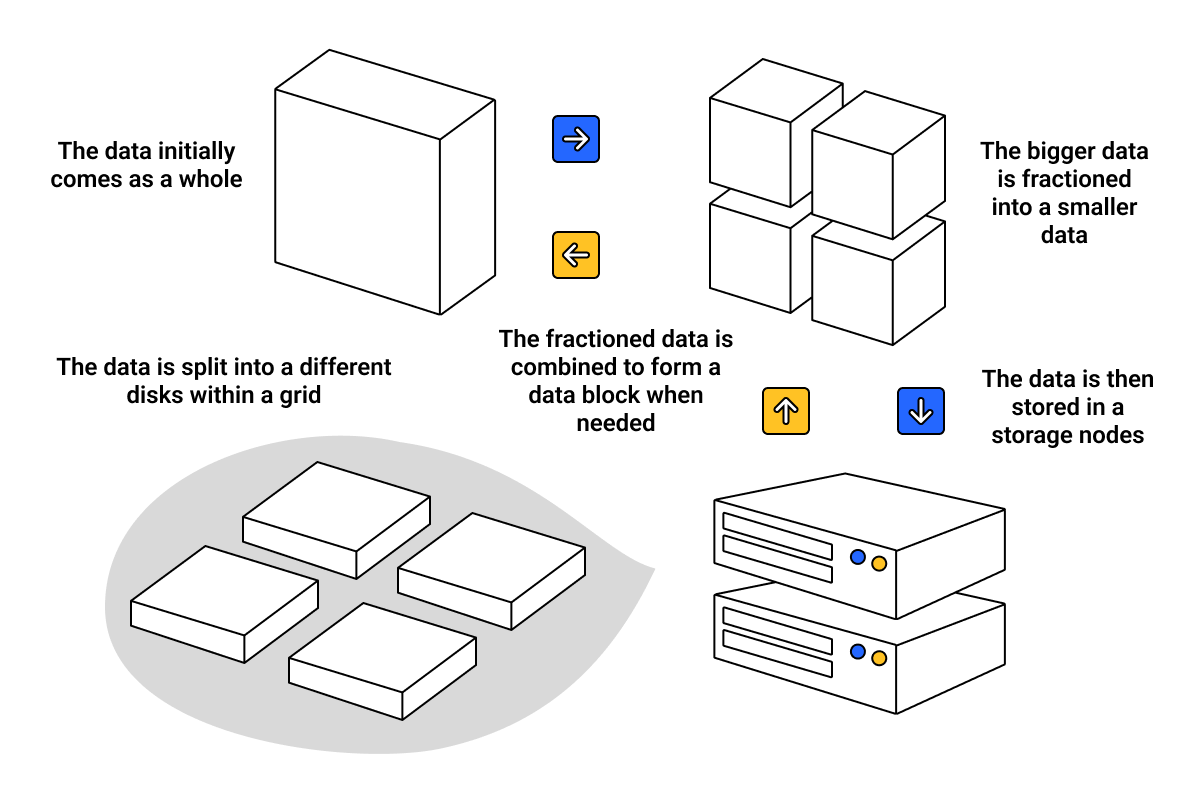Erasure Coding In A Blockchain Ecosystem
Erasure coding is a method of data storage and transmission that uses redundant data to protect against data loss. It can be used to improve the efficiency and scalability of the network by distributing the data across multiple nodes in the network, reducing the burden on any one node and making the network more resilient to failures.
To use erasure coding in blockchain, the data can be encoded and divided into smaller pieces, known as blocks, which are then distributed across the network. When a user wants to access the data, the blocks can be combined and decoded to recover the original data. This allows for faster and more efficient access to the data, as well as improved security and reliability of the network.
In Ethereum specifically, Reed-Solomon codes are used as erasure coding method. These codes are based on mathematical concepts from algebra and are used in various applications, including data storage, communication, and cryptography.

